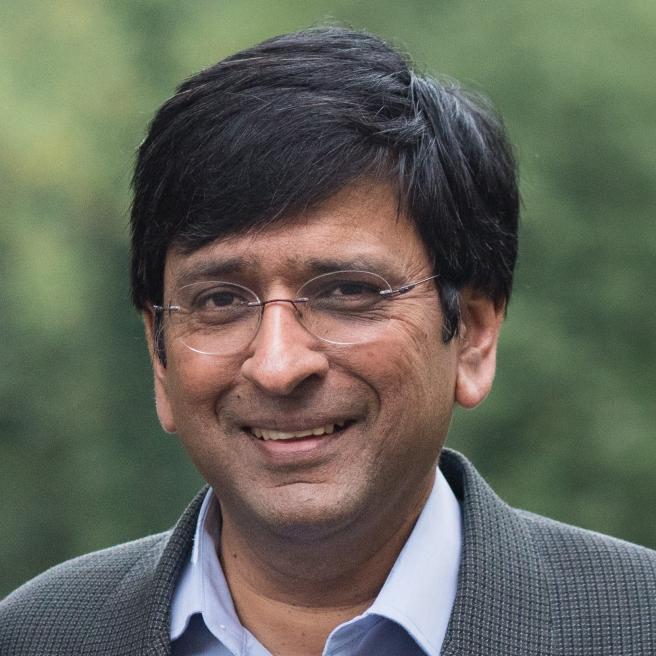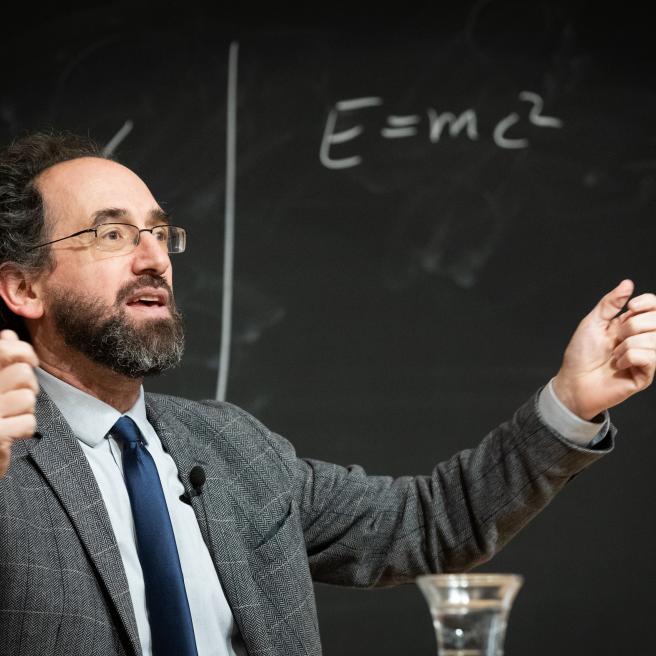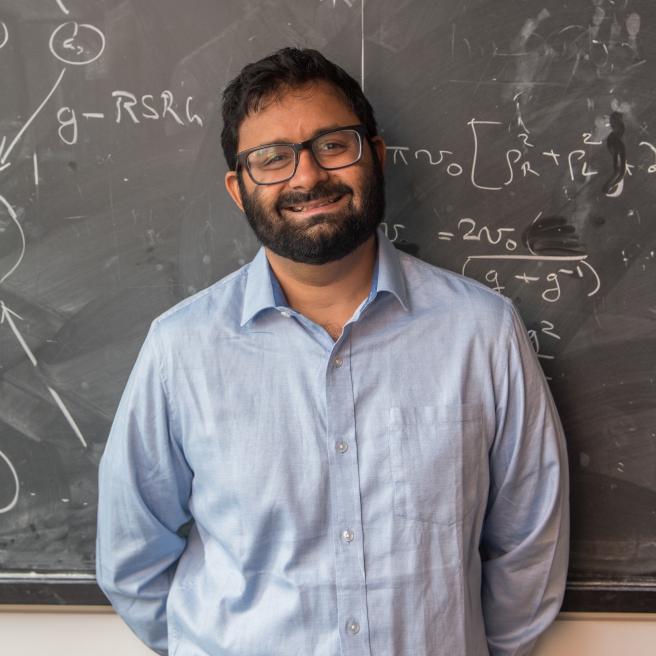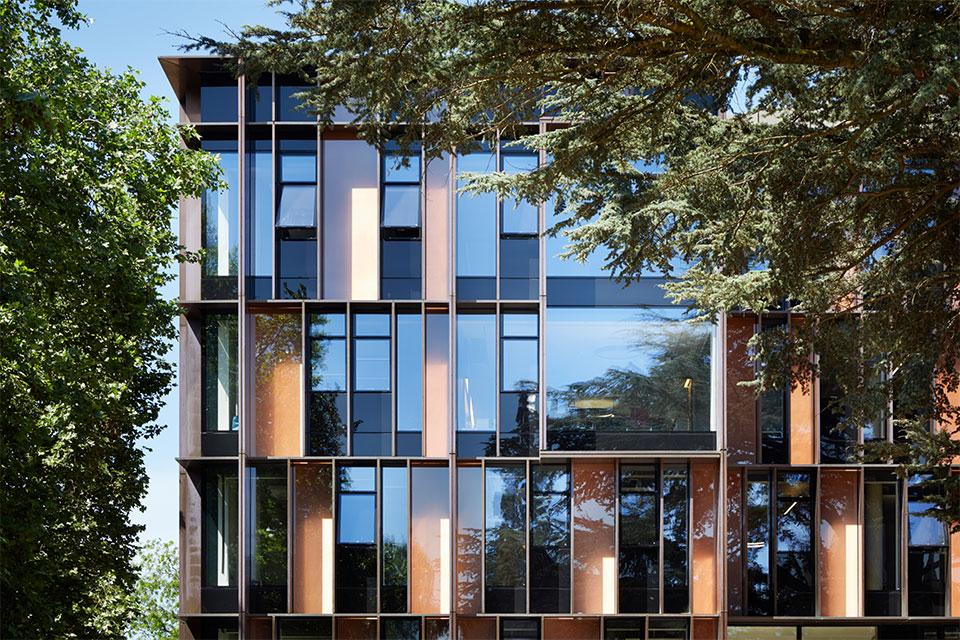Joy Blanchard: tpadmin@physics.ox.ac.uk
Speakers

Topology in the Physics of Condensed Matter
Prof Shivaji Sondhi
The mathematics of topology has been applied with increasing success to understanding the properties of condensed matter systems. Indeed, it is fair to say that over the past couple of decades, it has revolutionized our understanding of what forms of order are possible in quantum matter. In this talk, I will provide a brief, pedagogical introduction to some of the most well-known applications of topological ideas. These will include topics such as defects & solitons, the quantum Hall effect, and topological insulators.

Anyons: New Types of Particles in Quantum Physics
Prof Steve Simon
For much of the last century it was believed that the only types of particles allowed by quantum mechanics are bosons (such as photons, phonons, pions, Higgs, etc.) and fermions (such as electrons, muons, quarks, etc.). This rule of only two particle types turns out to be a reflection of the dimensionality of space. When objects are restricted to move on a two-dimensional plane, new types of particles, called "anyons" can emerge. While originally just a theoretical fantasy, such particles have recently been observed in several different types of experiments. I will discuss the history of this field, why it is viewed as important, and recent progress.

New Twists in the QHE: The Rise of Moiré Materials
Prof Siddharth Parameswaran
The world of quantum condensed matter physics has recently been revolutionized by the advent of “moiré materials”, made by stacking individual atomically thin layers such as graphene (a two dimensional form of carbon) with a relative twist or offset between the layers. Electrons see a long-wavelength potential as they scatter from the positive ions in the different layers, leading to the formation of a new type of two-dimensional electron gas. In certain circumstances, the resulting electronic states are analogous to the Landau levels that lie at the heart of the quantum Hall effect, but form without an external magnetic field. This has led to the experimental realisation of the long-sought “fractional Chern insulator” state of matter, and has triggered an ongoing worldwide effort to explore other effects of the interplay of topology and interactions in this new setting. I’ll discuss the origins of the moiré phenomenon, and survey the exciting developments in the field, including some with links to Oxford.
This event has reached capacity. Please email tpadmin@physics.ox.ac.uk to be added to the waitlist.

